Perspective | Trending Now: Add-ons in Magazines
The Print media is declining in the International markets, but in India print media still plays a predominant role in a clients media plan.. Marketers do not shy away for exploring innovations in the print space .Kudos to the print sector whether it was mainline dailies or Magazines each took the writing on the wall seriously and tried and innovated themselves . Whether it is FMCG , auto or niche brands each found a calling in print..
The Magazines are no less when it comes to innovations; they too have seen a sizeable amount of innovations. From supplements to add-ons, magazines are trying to cater to elite audience in the country with the best possible brand exposure to the readers.
The international trend of add-ons in this space is being picked up by the Indian marketers and has been working quite well. In India add-ons means a magazine within a magazine. For instance, a Vogue's Food and Drink Guide or an Outlook's Splurge. The content could be advertorial in nature or additional information which the magazine may not be publishing otherwise in the main copy.
If there are no innovations, then it would lead to boredom. In order to catch the eyes of the consumers, magazines have come up with these ideas. Adgully caught up with Indranil Roy, President and Publisher, Outlook Group, Nonita Kalra, Former Editor, Elle and Oona Dhabhar, Marketing Director, Condé Nast India to know more about the future of these add-ons.
Concept behind Add-ons:
Sharing insights on the concept behind this Roy tells us that, “These add-ons are predominantly editorial contextual. This platform gives certain sponsors and advertisers an option to talk about them, just more than a simple ad. That is how these add-ons are made. The other thing is that the add-on gives a “me too” kind of a product, so that’s an advantage and an opportunity altogether. This is not a new concept, in fact the add-ons is an emerging trend in the magazine space.”
Giving a viewpoint from the industry she is in, Dhabhar said, “The thought behind these add-ons is to cater to the reader’s interest and need for more information in certain specific areas through curated content. Through our consumer research and talking to various clients we realise that there our readers are looking for more in-depth information in specific areas and have interests that we cater through add-ons or standalone magazine. We try to marry the interest of the reader with needs of the clients to create what we call hybrid supplements i.e. supplements with the right balance of editorial and advertorial content that it would be interest to the readers.”
On the other hand, Kalra said, “There are always two reasons behind this. The first idea is to give the reader more information on a particular subject than in a regular issue. For instance a special beauty issue allows you to focus on the subject in depth -- think 40 plus pages instead of the regular 8 pages. The second idea is to draw in new advertisers with special offers. And retain old advertisers with something other than vanilla advertising -- so think gatefolds, advertorials, inserts and other such innovations.”
Market strategy:
Speaking about how the marketing of these add-ons happen, Roy said that “We don’t really go out of our way to promote it unless it’s something really big. We try and take a few teasers before that, to tell people that we are coming up with this strategy. It’s only so that the readers come to know about it and we don’t really have to go out of the way to promote it.
Sharing insights on how Condé Nast markets it Dhabhar says, “The add-ons are promoted across different mediums – through our own media – print and digital as well as through other media partnership.
Kalra shares her thoughts on these add-ons. She said, “I would promote it as an add-on to the magazine as a bumper issue. It is important to link them with the main magazine as it allows the brand values of the parent company to rub off on the add-on. Later with this enhanced value a add-on can become a standalone magazine.”
Content:
When it comes to content, it’s no different that the regular issue. Roy tells us. “The kind of content that we want in an add-on is based on the theme of the add-on and at the end of the day the type of magazine and the reach that it has. We’re basically creating the environment for the readers. It has to be of utility to the reader and at the same time be profitable to the magazine as the add-on is free for the consumer.”
Dhabhar added, “As with all our magazines the editorial teams lead the content development plan based on their understanding of the reader’s needs. We hire specialists or content experts to bring in the additional understanding of the particular topic such as food or real estate etc. Depending on the size, we hire additional resources to support the editorial team. All our content in based on the reader’s interest and curated by the editorial team to ensure we delight the reader as she turns each page. What the add-on offers is an opportunity to cover a special interest area in much more detail than is possible in the monthly magazine.”
Kalra adds, “The content would be planned exactly as we would plan a regular issue. The mix would be 55 per cent editorial and 45 per cent advertising.”
Category Connect:
Connect is the most important part of subscribing a magazine. Roy tells us, “We have a segmented audience with a certain focus. For instance, Outlook’s Splurge which is Outlook’s add-on goes to only 11 metros. We have chosen these metros on the basis of luxury consumption. In this manner our Luxe add-on is reaching our segmented audience.”
Taking a Fashion opinion Kalra shares her insights. She states that, “When it comes to category, Luxury is specially focused on bridal / wedding with an emphasis on accessories. Apart from that there is Beauty. New categories like travel are growing. Of course Fashion always finds favour, like a denim special or new collections.
Dhabhar adds, “For the Vogue reader we have found that Food and Drink is clearly a category that interests her, for GQ Luxury real estate play a key role, for the Condé Nast traveller reader the safari trend is really big.”
Dhabhar also shares insights on what Vogue and GQ did in the last six months with their add-ons. Below is a look at it:
The second edition of the Vogue Food & Drink Guide, after a successful debut last year, is an exclusively curated add-on by Vogue India. This time it’s bigger, better and packed with even more. From the newest restaurants and most innovative menus to old favourites and signature dishes that’ll always be palate winners-it’s all in the Vogue Food & Drink Guide- the most definitive guide on what to eat and where to go in 2015.
Similarly, the December 2014 edition of GQ India had GQ Luxe Addresses - a comprehensive 'luxury real estate guide' featuring the best luxury properties in the country across Mumbai, Delhi, Pune, Bengaluru and Chennai. With content showcasing the best and most luxurious properties in India, the 'by invitation only' add-on was distributed free of cost with the magazine's December issue.
Taking an agency opinion we asked Karthik Lakshminarayan, COO, Madison Media Infinity and P.M. Balakrishna, Chief Operating Officer, Percept Media about their recommendations on this platform.
Karthik said, “Yes, we do recommend magazine add-ons. The whole idea behind this comes from a response base. Most of the ads are response based and we have got a fairly good benchmark on which add-ons work which do not. Based on this we recommend clients whether to choose this form of media. Also another part is, our cost is based on the response that we get.” He adds, “It is indeed a lot more expensive, but is eventually cost effective for the brand, because the brand that advertises on this platform is a super-premium brand and therefore, gets a good amount of reach.”
Balakrishna shares his insights saying, “Yes certainly we recommend this platform if it is relevant to the brand. Brands like to get associated with such kind of content. There is a need which is there and at the same time the content is understood by the reader.” He adds, “Pricing is more attractive in this segment and brands do consider that. Consumers get a definite benefit. They are relevant, and there is so much niche.” By Archit Ambekar | Twitter: @aambarchit












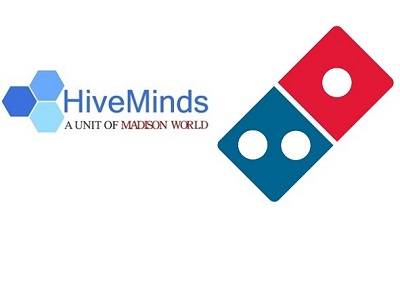


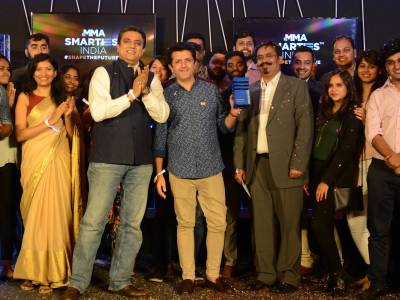
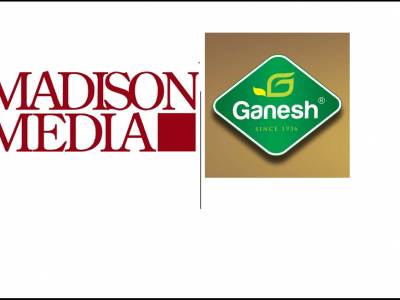
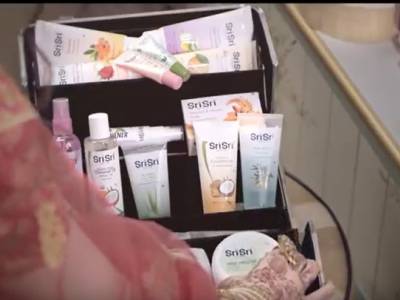





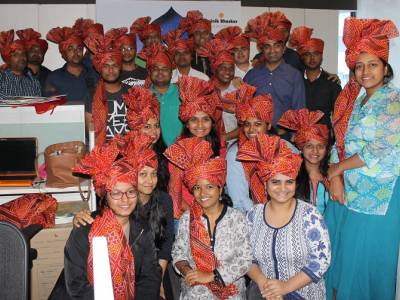



Share
Facebook
YouTube
Tweet
Twitter
LinkedIn